The industry figures for 2023, which the BHB published at its annual press conference at the beginning of March, were no surprise. They weren’t that great, but word had already got around.
The DIY trade in Germany ended 2023 with a 3.1 percent drop in turnover. If you add inflation on top of this, you end up with a real drop in sales of around 9 percent. "The general uncertainty among consumers has put the brakes on consumption," said Franz-Peter Tepaß, spokesman for the BHB executive board and member of Obi's executive board, describing the general conditions. This was exacerbated by the poor gardening season, which was delayed by the weather.
As a result, the industry ended up with a sales volume of 21.24 billion euros. On a like-for-like basis, sales at DIY stores in Germany fell by 3.4 percent.
Consumers were very cautious when it came to investment and seasonal products in 2023. Tiles, for example, lost 11.0 percent and the leisure/seasonal product group 11.2 percent.
In contrast, household goods (5.5 percent) and automotive (3.9 percent) were up. The sector recorded the highest growth in the garden chemicals/soil/seeds range, which increased by 8.8 percent. However, the important gardening business as a whole suffered massively from the bad weather in spring.
Looking at the overall trend, Tepaß pointed out that "the DIY boost in 2020 meant that demand was brought forward to at least two years". We could now see that the situation was "normalising to some extent". The average annual growth rate from 2020 to 2023 was 2.2 percent; from 2017 to 2019 it was 2.3 percent.
In other words, the industry was stable in the long term. Against this backdrop, the confidence that the head of the association conveyed to the journalists was perceptible - after all, as a salesperson, one was always "rather optimistic, but also a realist". As he said: "As an industry, we tend to see the glass as half full rather than half empty.” The mood was on the up again. He saw signs of this in the first few months of the current year. In February (with the additional 29th day that also contributed to this), the industry achieved around 6 percent more turnover than in the same month last year.
Managing director Peter Wüst also struck an optimistic note and backed up this optimism with tangible data from the annual statistics, for example in the once-feared online trade. Although its volume in the DIY core range fell by 4.9 percent to EUR 5.289 billion, DIY stores performed far better…

 Menü
Menü




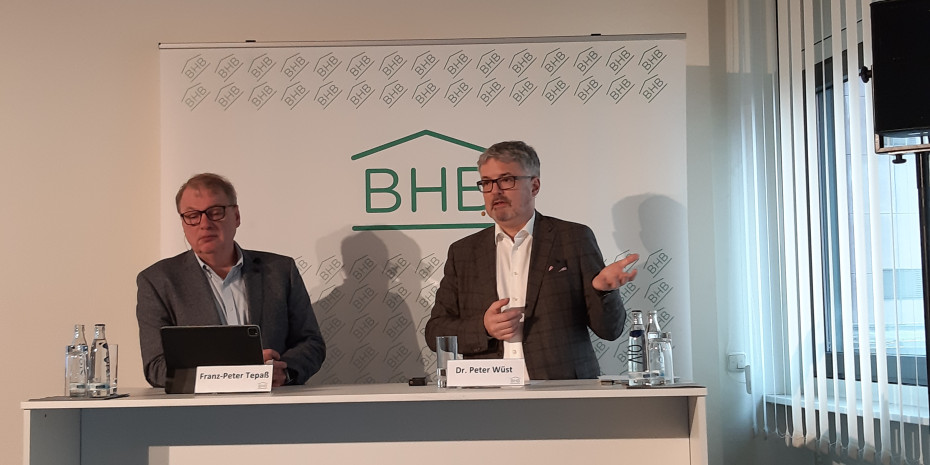

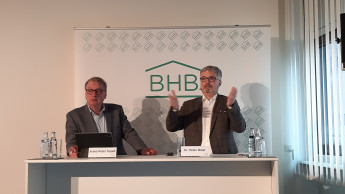
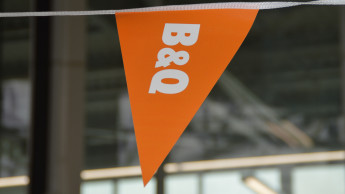
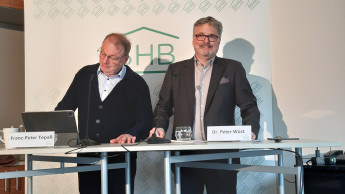

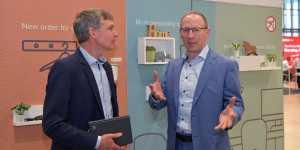

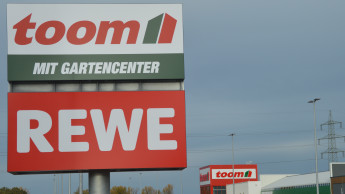

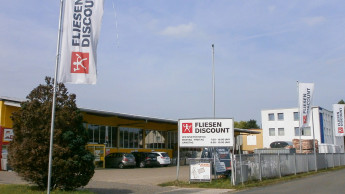
 Newsletter
Newsletter